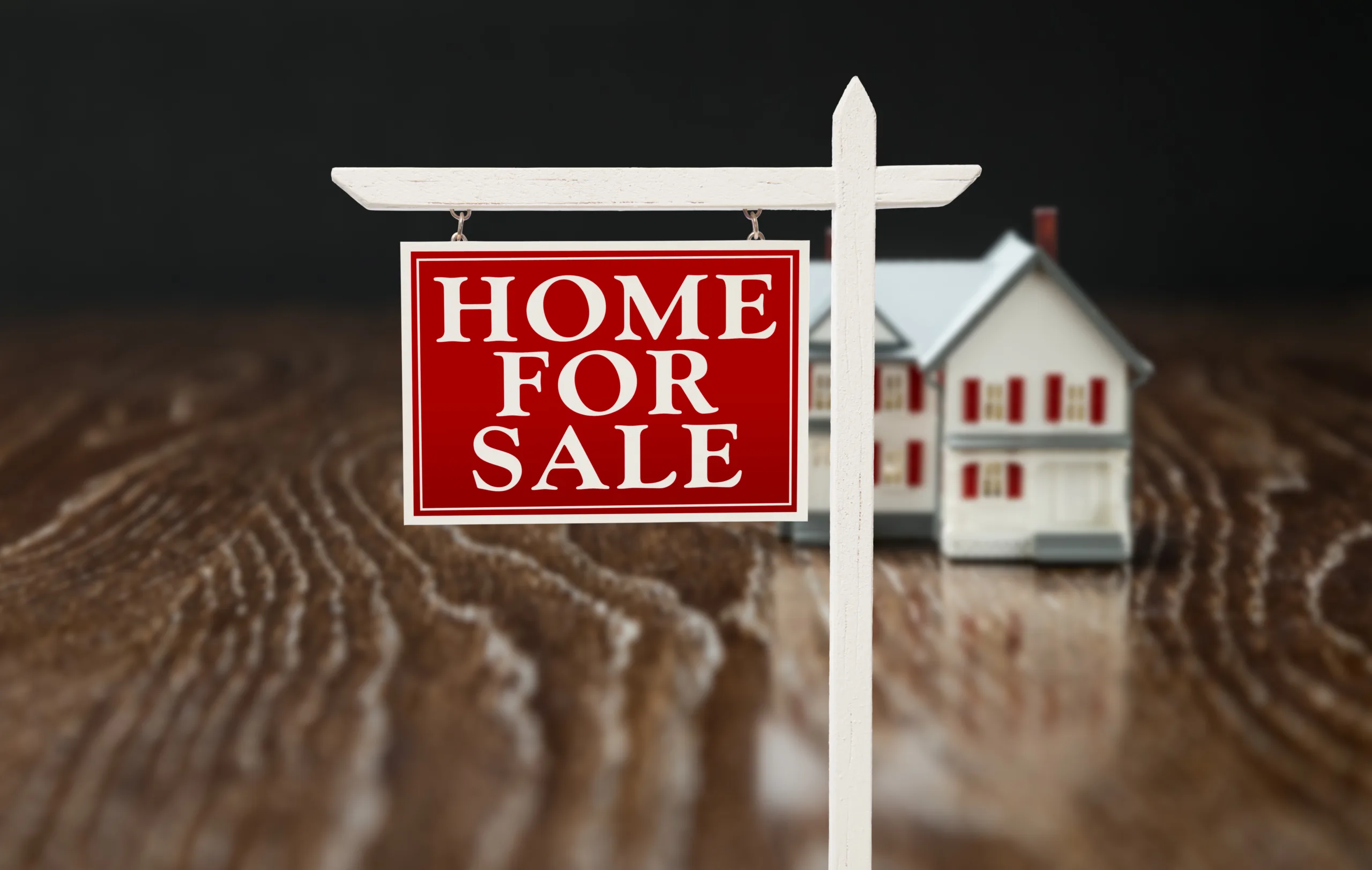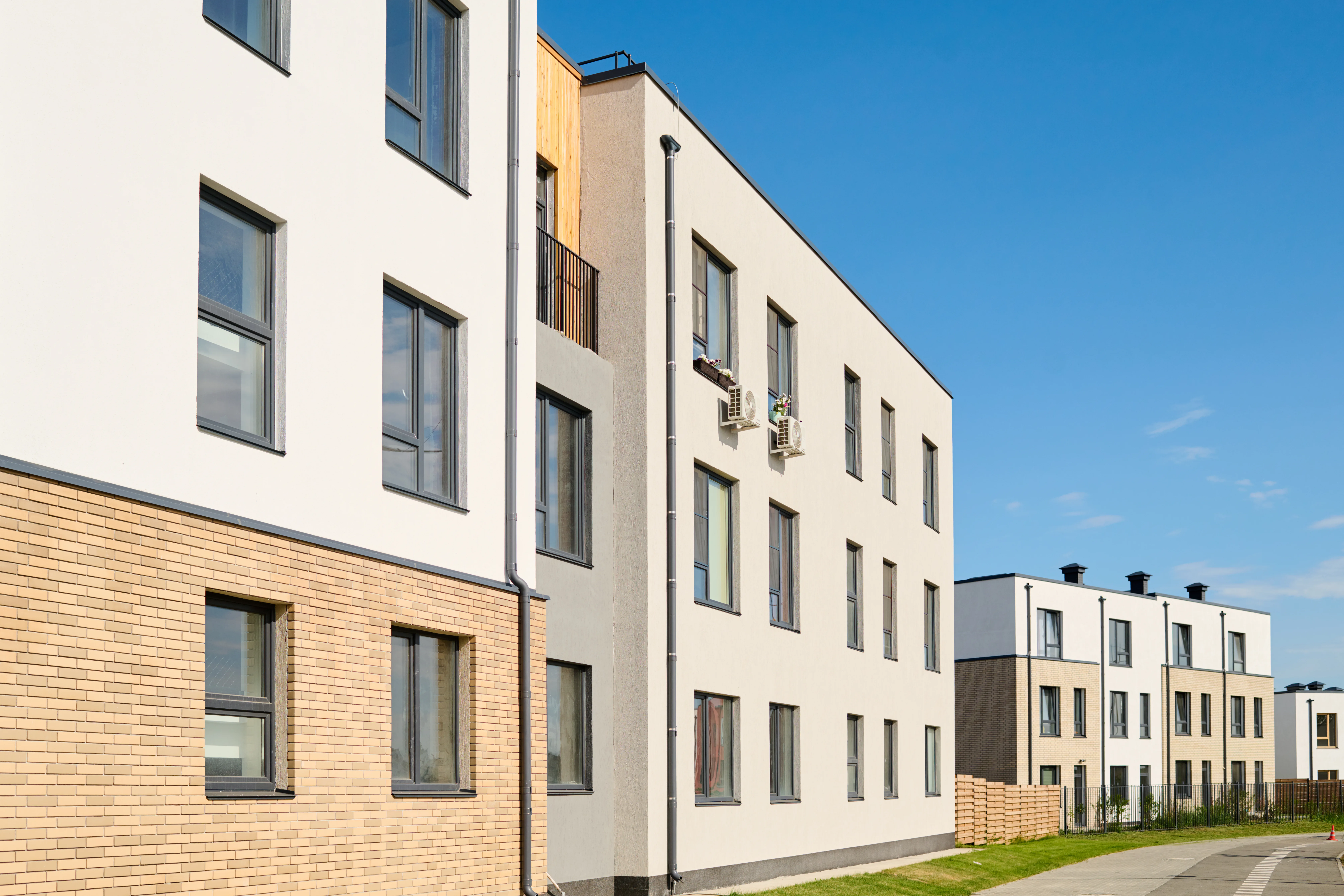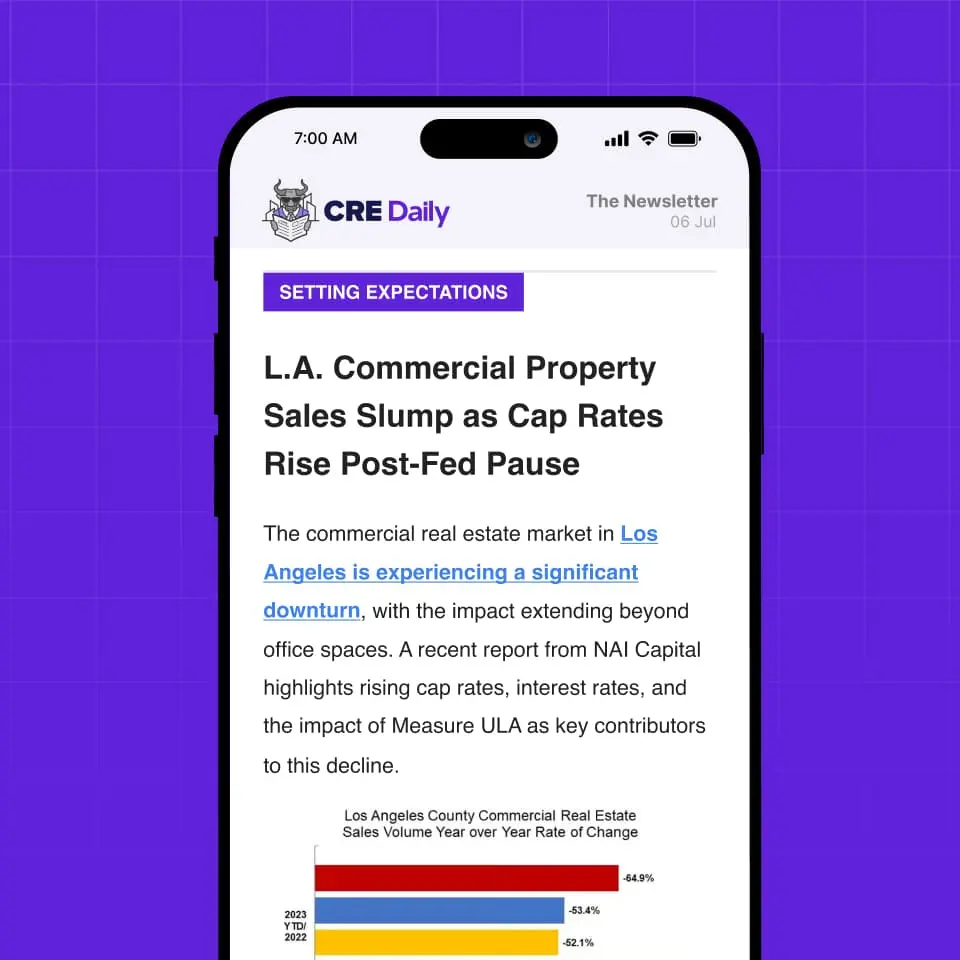- Americans need to earn $116,633 annually to afford a median-priced home—82% more than the $64,160 required to afford a typical rental.
- The affordability gap has widened consistently over the past four years, driven by rising home prices and elevated mortgage rates.
- Rents have stabilized due to a surge in multifamily supply, while limited inventory continues to drive up home prices and ownership costs.
The Widening Gap
According to Globe St, homeownership is slipping further out of reach for many Americans.
Redfin reports that buyers now need to earn $116,633 annually to afford a median-priced home—nearly double the $64,160 required for a typical rental. That 81.8% affordability gap is the highest in recent years.
A Trend Years in the Making
The divide between buying and renting has grown every year since 2021. Back then, the required income to buy was just 17.3% higher than to rent. Fast forward to 2024, and the gap has ballooned to over 80%, underscoring how rapidly homeownership costs have outpaced rent.
Get Smarter about what matters in CRE
Stay ahead of trends in commercial real estate with CRE Daily – the free newsletter delivering everything you need to start your day in just 5-minutes
What’s Driving the Gap
Redfin uses a benchmark of spending no more than 30% of income on housing. With the US median household income around $86,000, most Americans now fall short by $30,000 to afford a median-priced home.
That’s due in part to the $424,000 median sale price of homes and mortgage rates exceeding 6.5%. High borrowing costs and limited inventory are fueling bidding wars and further price hikes.
Rentals Stay Relatively Steady
In contrast, rents have barely moved. Median asking rent rose just 0.2% year-over-year in February to $1,604. A surge in new multifamily supply has kept rent prices flat, giving renters more options and keeping housing inflation in check—for now.
Market Extremes
In San Jose, California, buyers must earn $408,557 annually to afford a typical home, 218% more than renters. Meanwhile, in Pittsburgh, the gap is far narrower—just 14.4% more income is needed to buy versus rent.
Why It Matters
The growing affordability gap means many Americans may be stuck renting longer, unable to transition to homeownership. While the gap could narrow slightly if rents increase or mortgage rates decline, current market dynamics suggest affordability challenges are here to stay.
What’s Next
A slowdown in new apartment construction may push rents higher in the coming months, but without more for-sale inventory or rate relief, the path to homeownership will remain difficult for many.
















